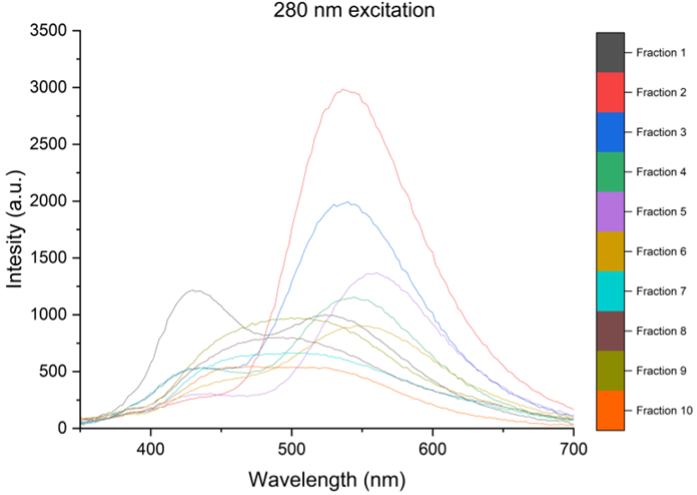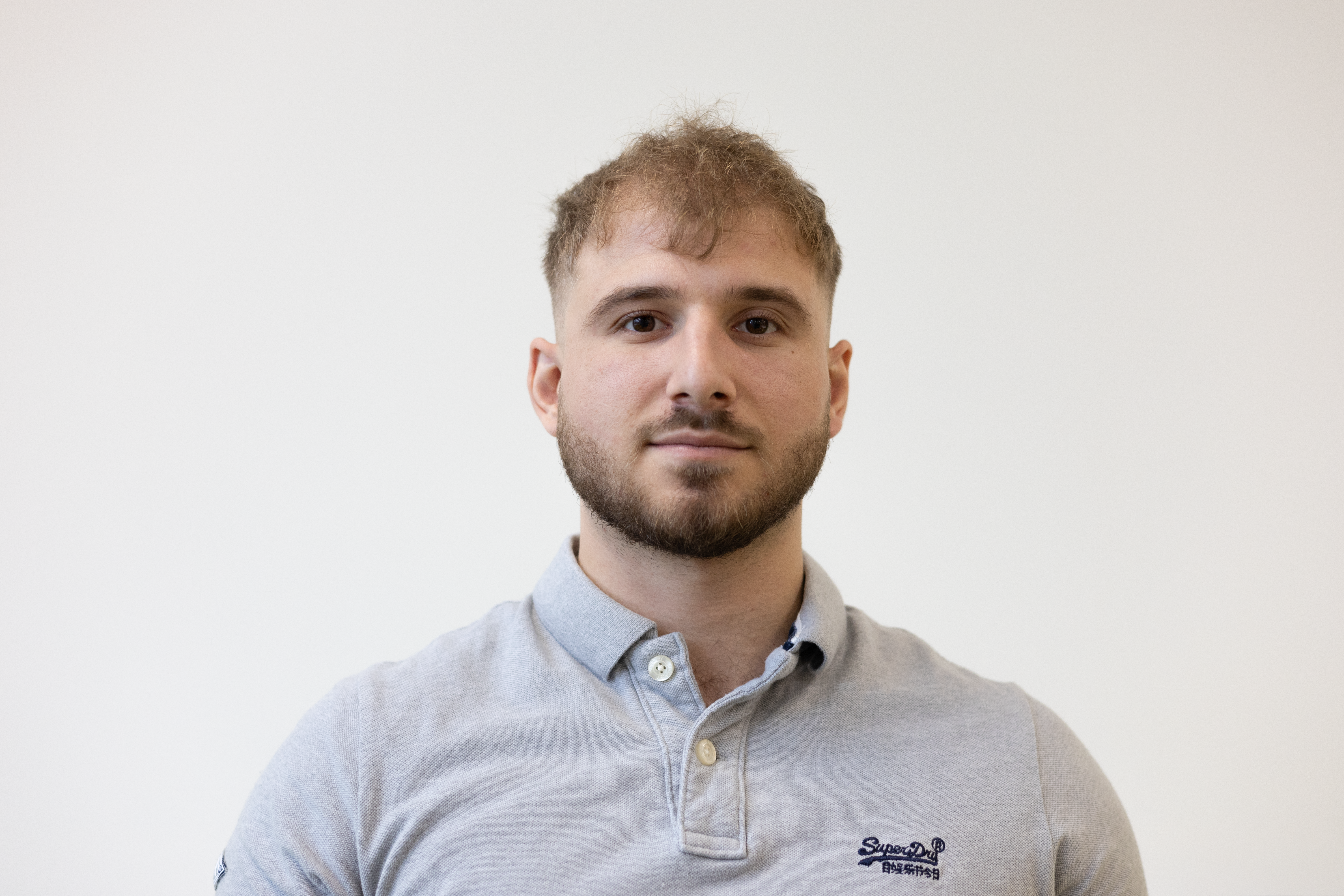Nottingham Trent University
Q: What is the focus of your lab’s research?
A: My work focuses on the synthesis and purification of carbon nano assemblies that can be used in agricultural applications. These materials, which include graphene quantum dots (GQDs), carbon quantum dots (CQDs), carbon nanodots (CNDs), and polymer dots (CPDs). These nanomaterials can utilize wavelengths from the solar spectrum that are not usually accessible to plants, thereby transferring electrons to the light harvesting complex via fluorescence or direct electron transport. Due to their organic composition the carbon nano assemblies are biodegradable, providing a safe removal route post application. In the future, optimizing bottom-up synthesis approaches for carbon nano assemblies can improve their quantum yields, making them a greener alternative to greenhouse films based on inorganic quantum dots.
Q: Why did you incorporate the puriFlash® into your laboratory?
A: In our lab we use the puriFlash® 5.125 model. The automated system ensures continuous operation without manual intervention, which frees up a lot of time in the lab. The instrument also offers precise control over parameters like flow rates, gradients, and pressure, enhancing reproducibility. Additionally, the system provides continuous monitoring of key parameters (Absorbance above threshold, retention time) and real-time adjustments to optimize performance can be done quickly, due to the flexible programming.
Who would you recommend purchasing the puriFlash®?
A: I think a system like the puriFlash® 5.125 should be incorporated into most synthetic labs. The pump on this instrument is very powerful, and can reach pressures of 125bar, whilst permitting liquid and solid loading to the columns. These systems also permit modifications, as the UV detection can be extended from 200-400nm all the way to the 600nm range.
Q: Do you have any publications or presentations using the puriFlash®?
A: Below I provide a few graphs from some unpublished data. I used a puriFlash® PF-3-0C18HP column with a 2ml loop injection, an MeOH: H2O mobile phase (flow rate 15ml/min), using a 95:5 = > 5:95 gradient. 10 different carbon nano assemblies were separated from the reaction mixture that displayed different absorbance and emission spectra.




We propose that these supramolecular carbon nano assemblies are held in place π-π stacking and hydrogen bonds.

The fluorescent fractions are then used in the plant photosystems to increase the photosynthetically active radiation, by absorption of UV radiation and conversion to blue, green and red light.

